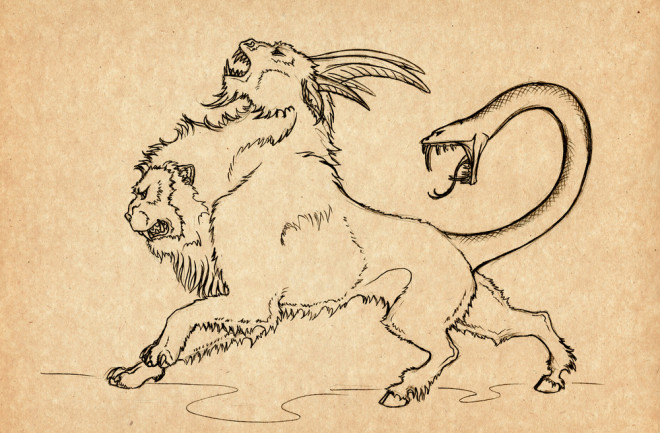In the Iliad, the Greek poet Homer describes a fearsome beast known to inhabit Asia Minor, one known as a chimera. The ferocious creature had the head of a lion, the body of goat and the tail of a serpent, and it purportedly breathed fire.
This mythical chimera has been left in the pages of legend. But scientists today are making chimeras of their own, blending together cells from multiple species in a single animal.
The term resurfaced most recently after news broke that a team of researchers had created human-monkey chimeras by inserting human stem cells into cynomolgus monkey embryos at a very early stage of development. The embryos, which were never implanted in the womb and weren’t allowed to fully develop, grew to contain a blend of human and monkey cells.

